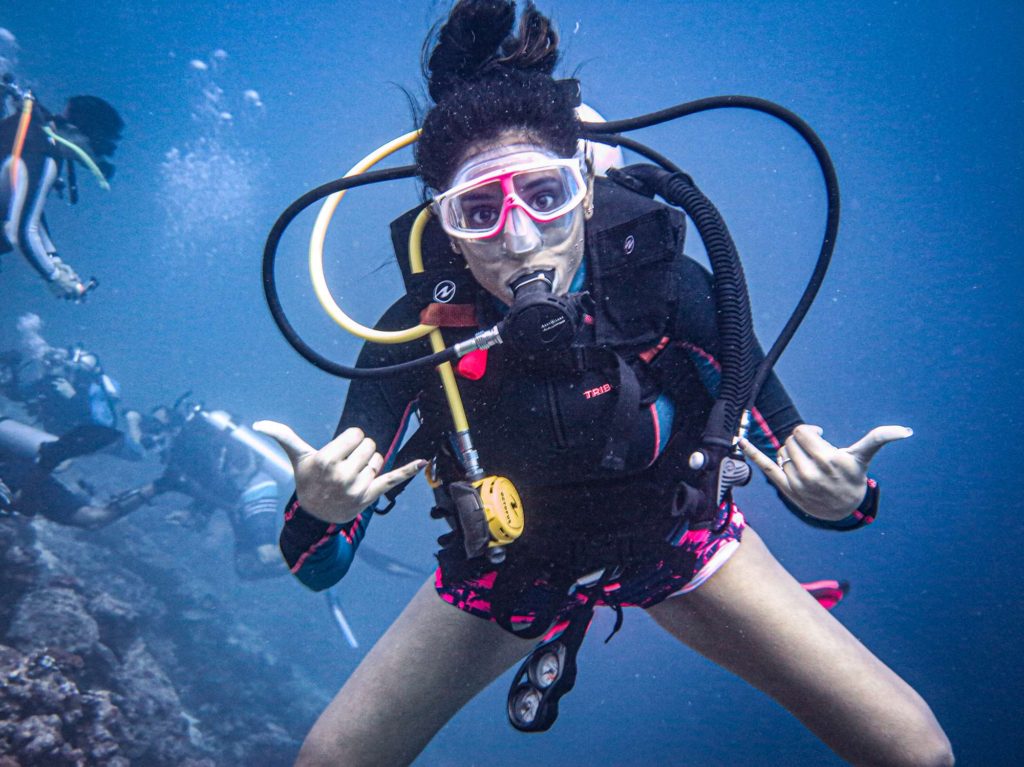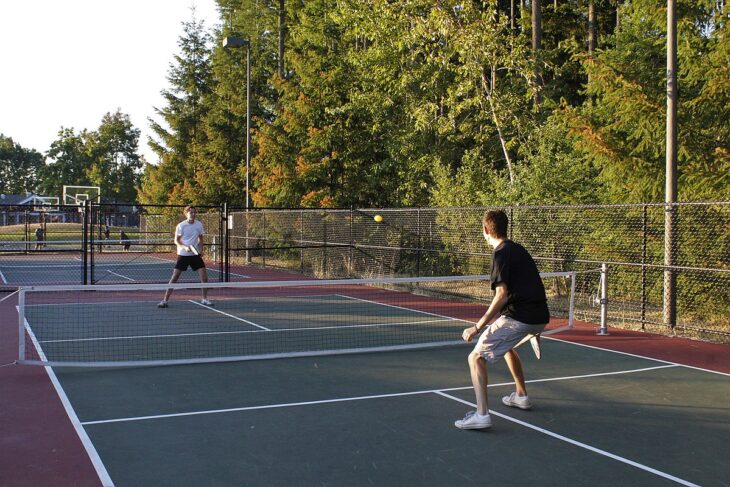
Exploring the fascinating underwater world is made possible for enthusiasts through the thrilling and daring sport of scuba diving. It does, however, have inherent risks, much like any adventure activity, therefore careful planning, training, and observance of safety procedures are required. One such risk is the split-face diving disaster, which is uncommon but can be fatal and emphasises how important scuba diving safety is.
We’ll go into the topic of split-face diving mishaps in this extensive piece, looking at their causes, effects, and—most importantly—prevention strategies. This post will offer helpful advice and ideas for guaranteeing your safety under the waves, regardless of your level of experience as a diver or whether you’re a beginner thinking about taking your first dive.
Split Face Diving: What Is It?
Let’s define split-face diving for the benefit of clarity before getting into the specifics of split-face diving incidents. Split-face diving, sometimes referred to as “cave diving,” is the practise of exploring underwater caverns and caves, many of which have tight passageways and difficult navigation. Split-face diving calls for specific training, gear, and an in-depth knowledge of subterranean ecosystems, in contrast to open-water diving.
A Split-Face Diving Accident’s Anatomy
- Insufficient Training
Lack of proper training is one of the main reasons for split-face diving mishaps. A certain set of abilities is needed for cave diving, such as managing guidelines, buoyancy control, and limited space navigation. Untrained novice divers considerably enhance their chance of accident when they enter cave conditions.
Avoidance:
- Enrol in a cave diving certification course.
- Prior to trying cave diving, get experience in open-water dives.
- Dive with a mentor who is an experienced cave diver.
- Equipment malfunctions
In the cave environment, defective or insufficient equipment might be disastrous. To guarantee safe cave exploration, regulators, dive lights, and buoyancy control systems need to be in perfect working order. An isolated equipment malfunction raises the possibility of a split-face diving mishap by inciting fear and confusion.
Avoidance:
- Make sure to regularly check and maintain your diving gear.
- Keep backup equipment on hand, such as an extra dive light and an oxygen supply.
- Acquaint yourself with your apparatus and put emergency protocols into practise.
Low Context
Cave habitats frequently have low light levels or silt that divers have stirred up, making visibility difficult. This decreased visibility can make it more difficult to navigate and raise the possibility of becoming lost or tangled in rules.
Avoidance:
- Invest in a good diving light to increase visibility.
- To reduce the disruption of silt, maintain appropriate buoyancy control.
- Adhere to the guidelines and stay in touch at all times.
- Ignoring Time Limits and Depth
Strict depth and duration restrictions must be followed by cave divers in order to avoid oxygen poisoning and decompression sickness. Exceeding these bounds may put you in danger because climbing too fast can cause harm or even death.
Avoidance:
- Give careful thought to the climb and descent rates of your dives.
- To keep track of time constraints and depth, use dive computers.
- Always adhere to the procedures and safe diving practises.
The Repercussions of a Split-Face Diving Mishap
Accidents using split-face diving can have disastrous outcomes, such as:
- Being unable to locate the way out or return to the surface is drowning.
- Trauma resulting from falls, entanglements, or malfunctioning equipment.
- Hypothermia: In cave systems, the cold water temperatures can cause hypothermia.
- Panic: Panic is a reaction to stress and confusion and exacerbates the situation.
Scuba diving’s split-face dive is an exciting and difficult experience, but it’s not risk-free. Prioritising safety above all else is crucial for anyone contemplating cave diving.It is imperative to follow instructions, maintain equipment properly, have enough training, and observe time and depth limitations in order to reduce the risks involved in split-face diving.
Recall that although exploring the undersea environment can be spectacular, it can also be cruel. Your split-face diving experiences can be made exciting, safe, and pleasurable by being aware of the possible risks and implementing the necessary safety measures. May you have wonder and amazement on your underwater adventures while you dive wisely.






